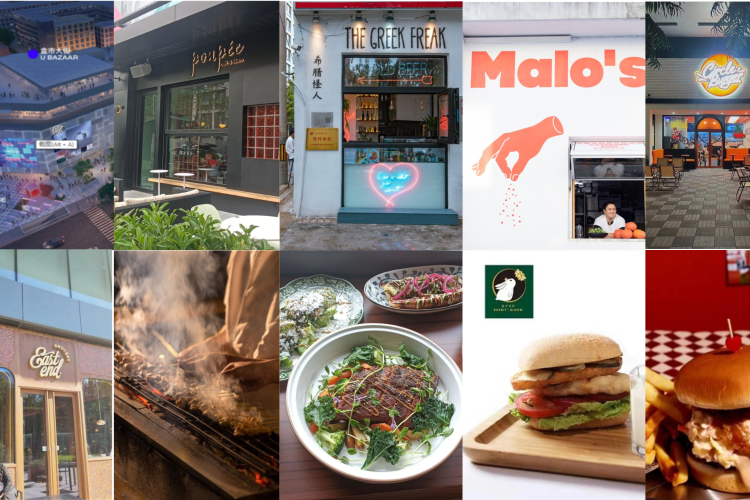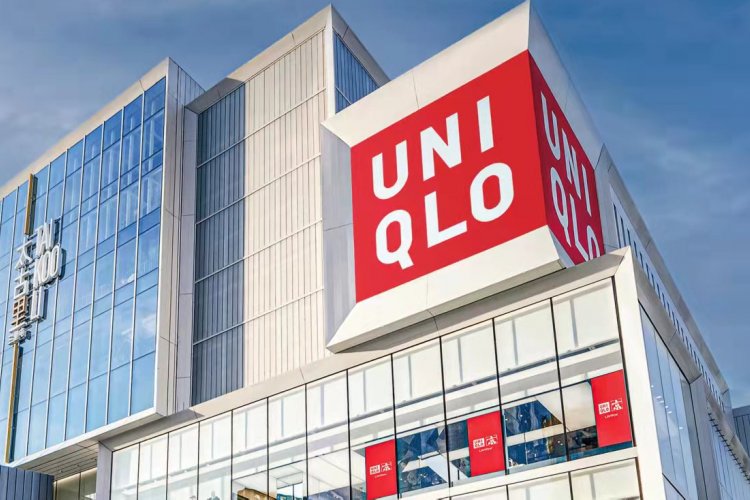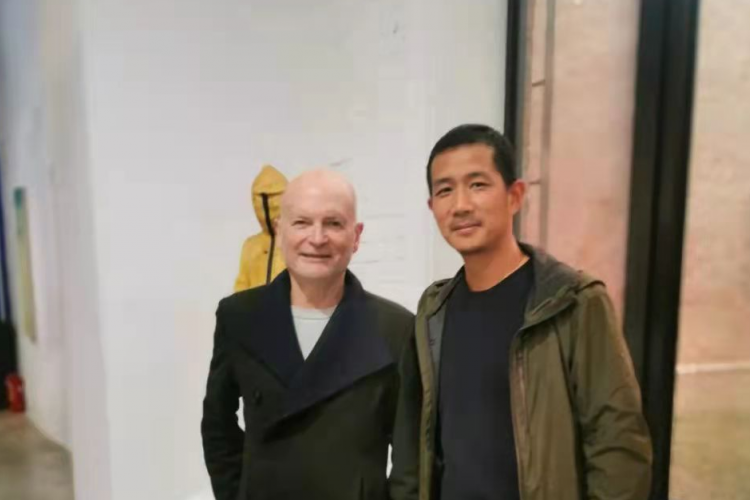What Next for the Olympic Venues: Chaos at the Water Cube
The speed with which the city has transformed some of the better-known stadiums into multi-purpose venues open to the ticket-buying public and often also available for hire, has been impressive. Indeed, their ability to draw on the status of the National Stadium (Bird’s Nest), National Aquatics Center (Water Cube), the National Indoor Stadium (the other one) and the Olympic Green area that connects the three, and mold them into a money-earning tourist site over the recent October holidays should offer lessons to future Olympic cities. This year’s Golden Week holidays saw the number of tourists visiting Beijing jump by more than 30% and the Olympic venues were the star attractions. Over the seven-day holiday, the Olympic center received 2.42 million visitors, which accounted for over .25% of the total number of visits to all of Beijing’s 21 most popular tourist sites Numbers peaked on Oct 2 when 527,000 people visited the Olympic Center. The Forbidden City only received 625,000 visitors over the whole seven-day period. But after this final flurry of Olympic-inspired attention from the public, what does the medium to long-term future of the Olympic venues look like?
This tourist-driven plan is just the start of a program that aims to set Beijing apart from Athens and other former Olympic host cities whose venues have been under utilized and are now viewed as being huge wastes of money. The planning began with the construction of the venues, only 12 of the 31 were new - impressive new additions to the city’s landscape and included landmarks such as the Water Cube and Bird’s Nest. Another eight were temporary venues, these included the Chaoyang Park Beach Volleyball Ground and the Laoshan BMX Track. 10 of them were veterans from the past – places like Sanlitun’s Workers' Stadium and Gymnasium and the Capital Indoor Stadium – given a lick of paint in order to make sure they’d stand up to international scrutiny. Six of the Olympic venues were also located inside universities, which means they're likely to put to good use in the future. This forward planning seemed to impress International Olympic Committee president Jacques Rogge who was quoted in the South China Morning Post as saying "It means that no white elephant has been built."
But what are the detailed plans for each venue? How will they manage to find a useful place for themselves in Beijing? We begin this series of posts looking at the future of the Olympic venues by examining what’s been going on over at one of the most iconic of the 12 new venues:
The Water Cube
After a few days recovering from the tourist onslaught, the Water Cube opened to the ticket-buying public again on Oct 10. This time things were a little easier as the Olympic subway line and the surrounding Olympic Park area had now become public space and no tickets or special passes were required to enter the area, security had also been relaxed. Tickets to both the Water Cube and the Bird's Nest are now available at both a ticket both just east of the Workers' Stadium (yes that's what all those lines you've been seeing are) and at the venue for RMB 30 and although there was originally no limit on the number of visitors, after chaotic scenes saw the closure of a temporary ticket booth last week, a new daily limit of 20,000 tickets is now being enforced. Originally the tickets were also being sold from a booth located at the intersection of the line 8 and 10 subway lines but according to reports in the Beijing papers on Thursday, the booth was closed due to too many people attempting to buy tickets and the crowd getting out of control (remember the days when this would get attention from the international press?). People have also complained that tickets to both the Bird’s Nest and Water Cube have been snapped up by scalpers and are being sold at more than double the official price.
Tickets are now being sold from a new booth and only tickets allowing access over the next couple of days are being sold, with a limit of two tickets per customer. The venue is open to visitors from 9am to 7pm and all ticket holders will enter through the south gate and exit through the north.
In addition, the National Aquatics Center has begun hosting a music spectacular every evening at 7.30pm. The show, which involves a symphonic concert paired with a light and water show (the ticketing site refers to it as the Music Spectacular Water Cube) is scheduled to play until February 2009. China Daily quote Kang Wei, the head of the National Aquatic Center as saying "The interaction between water, lighting, and music will generate a sense of marvel in the visitors." Tickets to the daily concert sell for between RMB 200 and 800. In the longer term, management is planning to turn the venue into the city's largest water park with an artificial beach, aquatic recreational equipment and fitness facilities. Construction of the aquatic center will begin after Spring Festival and should be open to the public in early 2010.
Links and Sources
The Beijing News: 水立方新售票口被迫暂停
Beijing Times: 水立方黄金周后首次售票 30元一张每天限售两万张
China Daily: Olympics venues to leave lasting legacy
China.org.cn: Water Cube to hold symphonic concert
Sina: Images of the Music Extravaganza at the Water Cube
Xinhua: 大型水景声光音乐会将亮相“水立方”
QQ: 奥运场馆变身“魔术”舞台 水立方奏响梦幻之声
Piaowutong: Tickets to the Music Spectacular Water Cube
Sina: image of visitors to the Olympic Center






